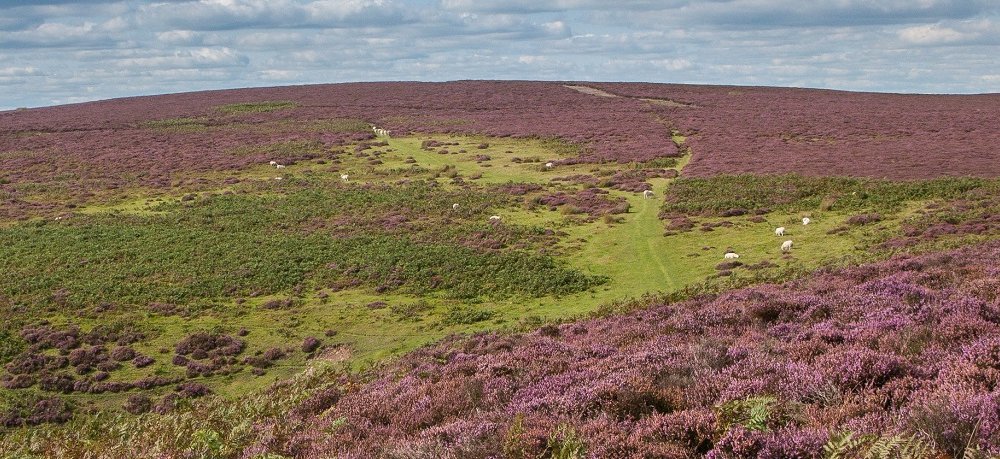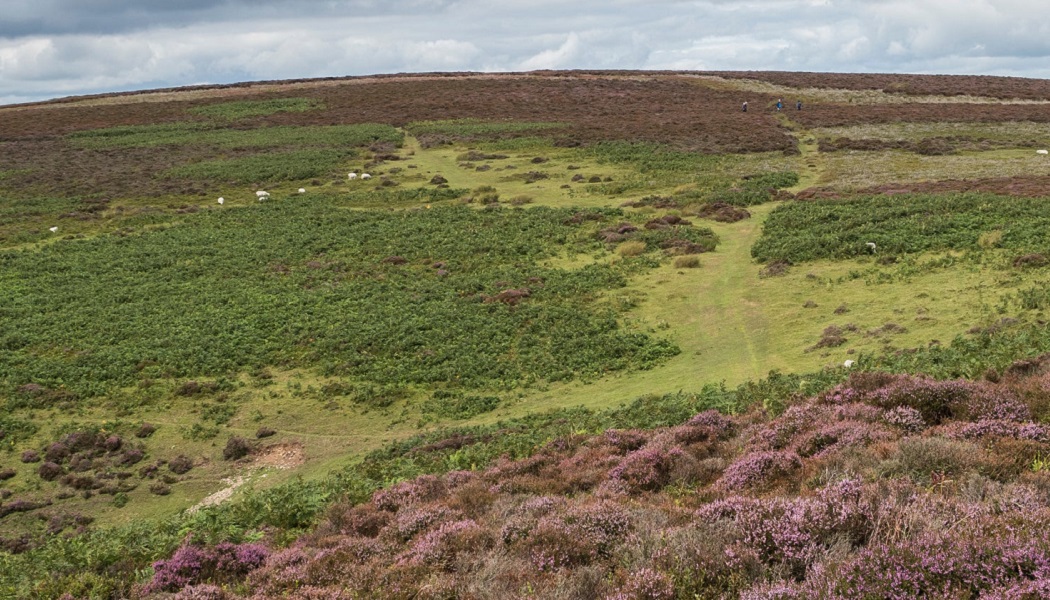August and the early part of September are typically a spell of high visitor numbers for National Trust sites at Long Mynd in Shropshire and Holnicote on Exmoor, with people flocking to see the hills at both locations awash with heather at its brilliant purple best.
2019, however, saw this natural phenomenon stunted by up to 75% compared to previous years. Drought due to last year’s dry weather and a subsequent rise in the number of heather beetles have left swathes of the natural and scientific heritage cared for by National Trust decimated. Huge patches of unhealthy, brown heather have greeted last year’s visitors.
While the lack of purple-blooming heather has dire impacts on wildlife and biodiversity – with species such as the red grouse and Emperor moth relying on the healthy plant for food – the Trust will be hoping the effect on future visitor numbers is not similarly troubling.
Before and after


Basil Stow, area ranger for the National Trust, said he has encountered “damage across hundreds of acres of heather and on our neighbouring land”.
Keith Jones, National Trust climate change specialist, pointed to this as evidence of “the impacts of climate change on at least two of these special landscapes within our care”.
Expanding on the climatic factors behind the damage, he continued: ““Pest and diseases are inexorably linked to how we live but climate change is a big multiplying factor creating the stress which allows diseases to get a foothold and multiply.”
The teams at both sites are now busily working on a solution to help with the land drying out. An initial idea is to plant more trees as a way to help slow the flow of water further up the valley. Restoring wet habitats such as blanket bogs and mire which hold water in high rainfall and release it slowly in times of drought is also being explored.
Concluding in a more positive tone, Stow explained: “Heather is a resilient plant and capable of regenerating from the rootstock or from seed – so we will need to watch and wait to see what happens next year but we are hopeful that it will recover with careful management.”










